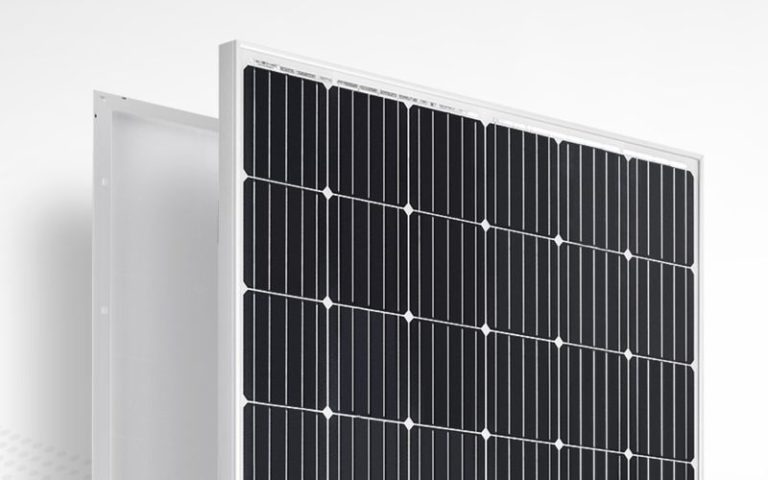PERC stands for Passivated Emitter and Rear Cell (or Passivated Emitter and Rear Contact), and it refers to a type of solar cell design used in photovoltaic (PV) modules. PERC solar modules are an advanced technology that aims to improve the efficiency and performance of solar panels by enhancing light absorption and electron collection within the cells.
The key feature of PERC solar cells is the addition of a passivation layer on the rear side of the cell. This passivation layer helps to mitigate the recombination of electrons and holes, which are generated when sunlight strikes the solar cell. Recombination is a process where the excited electrons recombine with holes (positively charged counterparts) before they can be collected and turned into electricity. Minimizing recombination helps to improve the overall efficiency of the solar cell.
Here’s how PERC technology works:
- Emitter Layer: Like traditional solar cells, PERC cells have an emitter layer on the front side, which absorbs sunlight and generates electron-hole pairs. This layer is negatively doped (contains an excess of electrons) to promote the movement of electrons.
- Passivation Layer: On the rear side of the cell, a passivation layer is added. This layer is typically made of dielectric materials that create a barrier between the silicon material and the outside environment. This passivation layer reduces the number of surface defects and traps, which would otherwise encourage recombination.
- Rear Contacts: The passivation layer is then followed by rear contacts that collect the electrons that pass through the passivation layer. These rear contacts are designed to be more efficient at collecting the electrons, further reducing losses due to recombination.
The combination of the passivation layer and the improved rear contacts in PERC cells leads to better electron collection, higher efficiency, and improved performance, especially in low-light conditions. PERC technology is a relatively simple enhancement to traditional solar cell designs that offers substantial efficiency gains. As a result, PERC solar modules have become increasingly popular in the solar industry, contributing to the advancement of solar panel efficiency and overall energy production.


